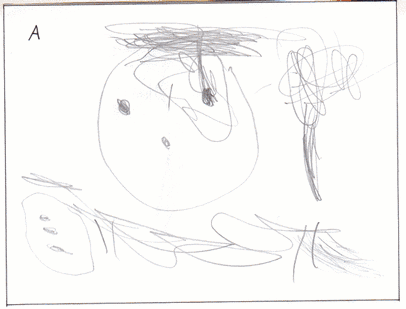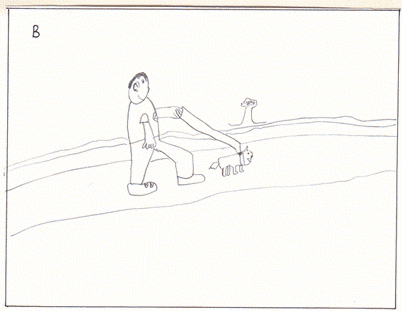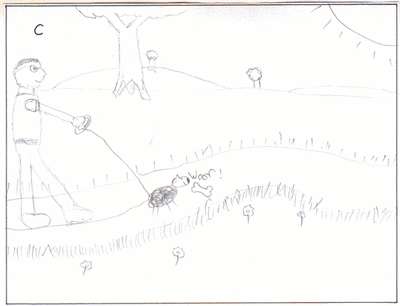Or search by topic
Number and algebra
Geometry and measure
Probability and statistics
Working mathematically
Advanced mathematics
For younger learners
Published 2011
The Development of Spatial and Geometric Thinking: Co-ordinating Space in Drawings
The first article "The early years" in this series outlined the early work of Piaget and Inhelder that described levels of naturally developed spatial thinking. This article refers to more recent research about levels of development and the possible influence of instruction. A third article on
"The importance of instruction" is also available.
Stages of Development
Studies conducted by Case, Stephenson, Bleilker and Okamoto (1990-1996) revealed four distinct stages of development in children's spatial thinking. The researchers conducted a range of tasks with children and found that children's spatial representations (i.e. drawings), give clear indications of their stage of development of spatial perception. The stage of development is determined by the
way mental reference lines are used in drawings.
The first stage is about 4 years of age, with a new stage identified every two years until the age of about 10 years. The four stages are described below and are accompanied by examples of children's responses to the following instruction; "Draw a picture of a mother and a father holding hands in a park, with their baby on the grass in front of them, and a tree far off behind"(Case, p.106). The
'field' referred to in the descriptions is the piece of paper on which the children draw.
1. Preaxial Schema (4 years). The child represents the component shapes of an object, and the locations of objects within a rectangular field.
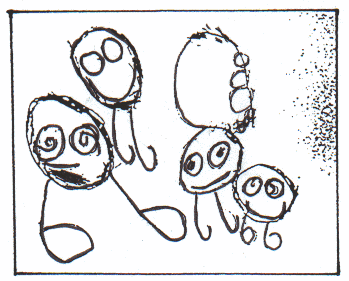
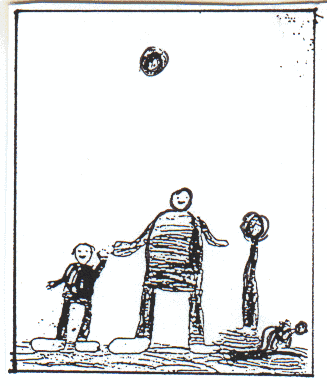
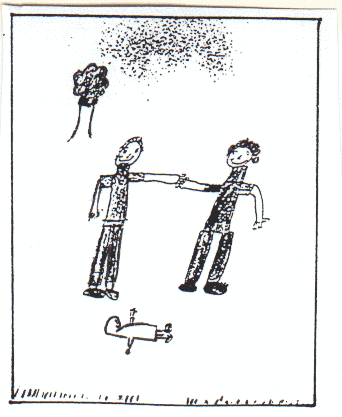


Development after Instruction

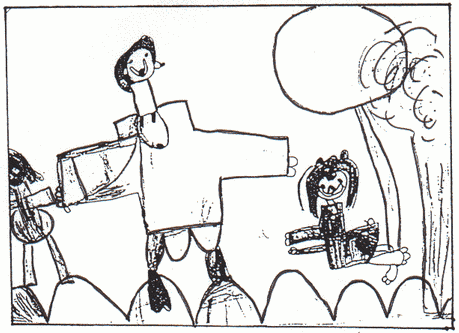
Implications for Teaching
Looking at Drawings
